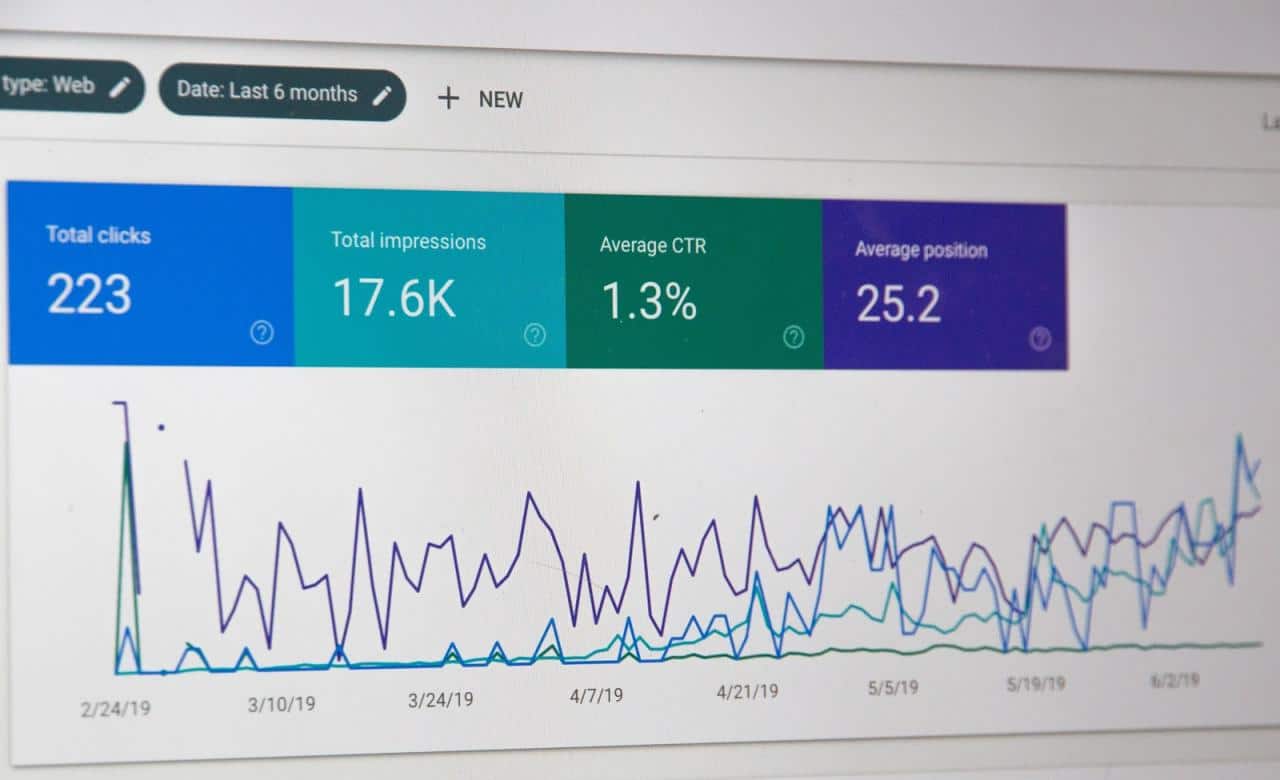If you are running or managing a website, you will agree that conversions are one of the most important elements that you are currently measuring and monitoring on your site. Let’s face it, they are the lifeblood of the website and are the moment a visitor becomes a customer.
Getting your conversion rates up to where they need to be is both a science and an art. It takes hours of trying new things, coming up with new strategies and releasing new content that will bring your customers in.
Conversion rates are so important that 74% of them increase sales. So, ¾ of what you are currently doing, all the effort that you are putting into heightening your conversion rates, will ultimately lead to more revenue.
So, just what are other marketers doing globally to increase their conversion rates, and what can you start doing differently to get yours up? We took a look at some of the best conversion rate optimisation tips, as well as some ideas that you might just be glossing over that will increase your conversion rates.
Always Have A Good Strategy And Goal Before You Start
Before you start a business, you always begin with a business plan. With your website, you should also do the same; create and define your strategies early on before you even begin creating a website. A website should be something that you truly took the time to think and prepare for, not something that you go through haphazardly or without any thought and effort at all. Otherwise, you’re simply wasting time and resources on a website that won’t even rank well.
For instance, a huge part of your web design planning process involves thoroughly defining your target audience. This should include identifying matters, such as:
- The results you’re trying to achieve;
- The demographic information;
- The problems your target audience are facing.
How Does Your Content Look?
We are going to kick off with, what is possibly the most important factor in your conversion rates; content.
Content is vital to not only attract new customers, but to create a sense of trust and loyalty for them to repeatedly return to your site. But let’s get into that later.
Content is also important for customers to find you on Google, and this all comes down to your SEO and what is your ranking there. Say, for example, you are pet food, online retailer. If you Google “pet food” and the area that you are in, how far down the page are you listed? If you are on the second or even third page, you are going to have to go back and make some very serious adjustments to your content.
Luckily, you can find a keyword research service that will help you increase your keywords’ worth and get you listed further up the page.
Top tip: Don’t overload or stuff your website with keywords. This will work against all of your efforts. Rather be smart about it and keep those sentences simple, to the point and tell your customer a story.

Is Your Content Engaging Your Customer?
On the topic of storytelling, this is the next thing you need to look at on your site. In order to capture the attention of a visitor, or potential customer, you will need to appeal to them.
Our 4 point rule is as follows.
- Make your content informative;
- Empower your customer with your content;
- Ensure that it is relevant and accurate;
- Make sure it is appealing.
So, just how do you do this? We will once again use the example of the pet food retailer. The first thing we would do for the company is create a series of blogs to be posted throughout the month. A minimum of two a week is what you should be aiming for.
If a certain brand of dog food is going on special that week, a blog topic like “5 Reasons Why my Dog is Putting on Weight” should be scheduled for the week. In the article, you can include the fact that they might need to change food and put an eye-catching CTA to link to the product that just happens to be on sale that week.
Are Those CTAs Working?
Let’s delve a little more into those CTAs. We have given the example above, but, what is it actually going to look like on the page?
Firstly, make sure you are using appealing, sharp, short and catchy wording. For that article in particular, we would use something like; “This week only, 30% off X Brand Dog Food” or “Try Out X Brand Dog Food, Now 30% Off!”
Underneath that, a bright, attractive button taking the customer through to the product page.
CTAs increase conversion rates by up to 121%.
Read that statistic again and then go back and look at what your CTAs look like. If they aren’t meeting the following criteria, start making amendments now!
- Make it bigger than other elements, but don’t let it take over the whole page;
- Contrast the colors to make it noticeable, but keep it uniform to your site branding;
- Use an eye-catching image;
- Stay away from copy like “click here” and “enter”. ;
- Place it in an optimal location. What is the natural flow of the page? Make sure the customer does not have to scroll to reach the CTA. You would have lost them already.

Lastly, Do You Test Everything?
We cannot stress the importance of testing every single thing you do and add to your site. Although this all sounds like a lot of work, and you are wondering where we think you can fit it in, don’t worry too much, you will start reaping the benefits soon!
Let’s take that new CTA that you have added to your page for example. How many click-throughs did it get in the first week or month? Try and change it up with a different color, image or copy and test it again for the same period of time.
A/B testing allows you to fully optimize everything on your page by understanding exactly what appeals to them. Which color CTA works best? What copy are they attracted to? You can use tools like Google Analytics to track and measure click-through rates and how long visitors stay on your site. You can also use a tool like Hotjaar to see how a visitor behaves on your site. How far down the page do they go? What buttons do they click on? Where do they lose interest?
With all of this useful data, you can concentrate your efforts on exactly how the customer is using your site.
Wrapping Up
The key element that you need to keep in mind about your site, is that it is a very important part of the customer journey. Not only should it be an extension of your branding, but it should tell a story that hooks the customer in with simple, easy to use pages, and useful information. Spending time on each element of the site, and knowing what appeals to your visitor is key, as you will be able to tailor your site to ensure that your conversion rates increase profoundly over the next year.
